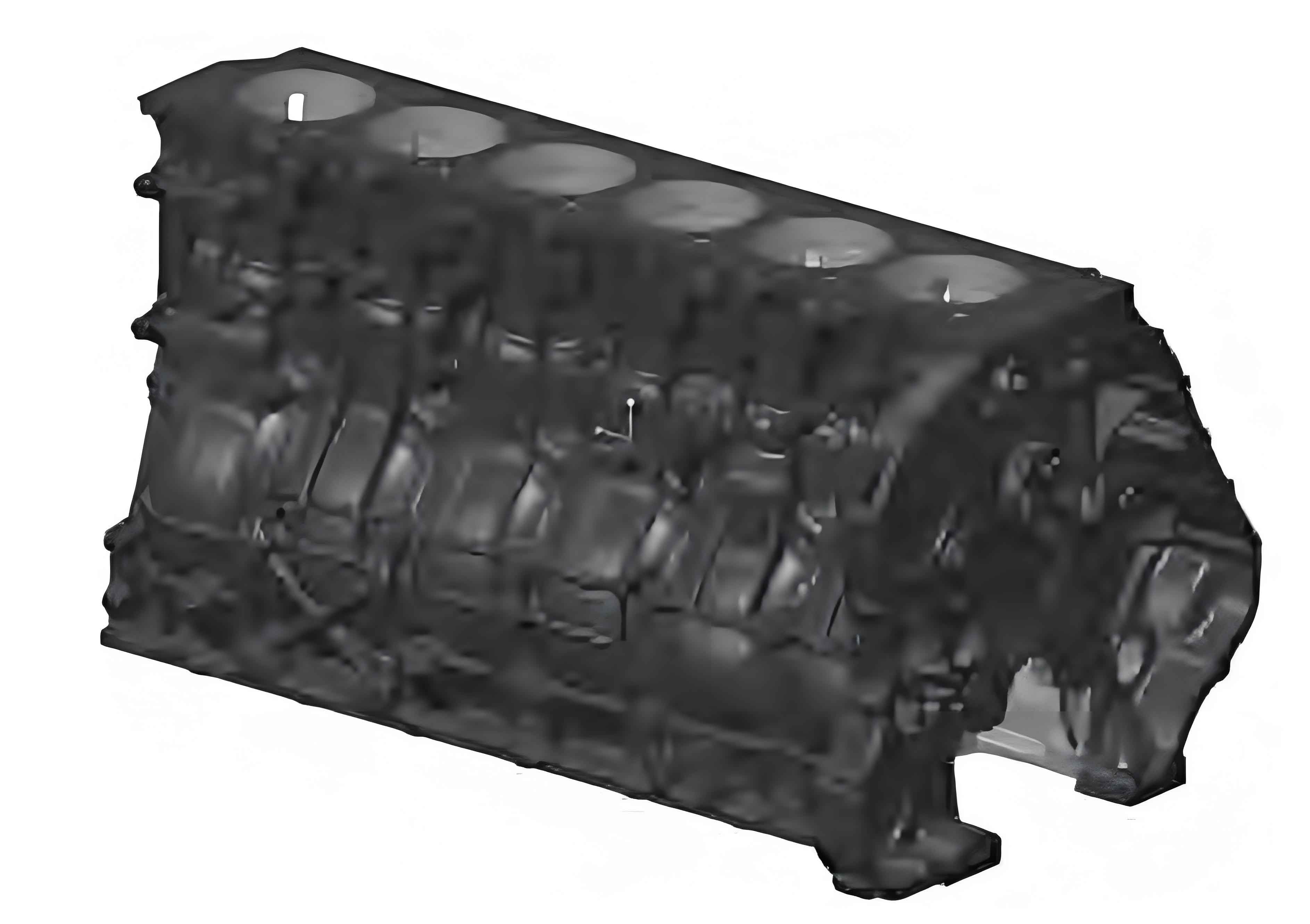This study addresses the challenge of protective coatings being compromised during ultrasonic-chemical cleaning processes for engine cylinder blocks. We developed a high-performance waterborne single-component dip coating system and evaluated its efficacy through systematic material optimization. The formulation leverages hybrid resin systems, surfactant synergies, and eco-friendly additives to achieve rapid curing, robust adhesion, and exceptional chemical resistance.
1. Resin System Optimization
The coating performance fundamentally depends on the resin matrix. Through comparative testing of four resin types (Table 1), we established an optimal hybrid system combining:
$$ \text{Resin Ratio} = \frac{m_{\text{TH-8180}}}{m_{\text{H-502-42W}}} = \frac{6}{4} $$
This combination balances oxidative crosslinking (TH-8180) with physical film formation (H-502-42W), creating an interpenetrating network structure that resists ultrasonic cavitation.
| Resin Type | Drying Time (min) | Adhesion (ASTM D3359) | Salt Spray Resistance (h) |
|---|---|---|---|
| TH-8180 | 40 | 0B | 360 |
| H-502-42W | 25 | 1B | 300 |
| Hybrid (6:4) | 34 | 0B | 336 |

2. Surface Wetting Dynamics
Effective coating of engine cylinder blocks requires optimized surface wetting. We developed a surfactant blend achieving static contact angles below 25°:
$$ \theta_{\text{optimal}} = 24.69^\circ \pm 0.5^\circ $$
The surfactant combination BW-104E:HOS 2413 (2:3 mass ratio) demonstrated superior foam suppression (Table 2), critical for maintaining process stability in dip-coating operations.
| Surfactant Combination | Foam Volume (mL) | Contact Angle (°) |
|---|---|---|
| BW-104E + HOS 2413 | 120 | 24.69 |
| COADD W-110 + HOS 2413 | 180 | 26.22 |
3. Curing Kinetics and Performance
The cobalt-free catalyst OXY-Coat1101 enabled rapid curing while maintaining environmental compliance. The curing efficiency follows:
$$ t_{\text{dry}} = \frac{1}{k[C]^n} $$
Where [C] represents catalyst concentration and n = 0.78 ± 0.03 based on our experimental data. Optimal catalyst loading was determined as 5 wt% relative to resin content (Figure 1).
4. Adhesion Enhancement Mechanism
Silane coupling agent MOAP 1880 improved wet adhesion through dual bonding mechanisms:
$$ \text{Si-OH + Fe-OH → Si-O-Fe + H}_2\text{O} $$
$$ \text{Si-OH + Polymer → Si-O-Polymer} $$
This covalent bonding network increased cross-cut adhesion from 2B to 0B after ultrasonic-chemical cleaning cycles.
5. Industrial Validation
The optimized formulation demonstrated exceptional performance in engine cylinder block production:
- Withstood 15-minute ultrasonic cleaning (28 kHz, 5% SKDOU Q504)
- Maintained 0B adhesion after 500-hour salt spray testing
- Achieved 98% coating retention on complex geometries
This advancement in waterborne coating technology provides a sustainable solution for engine component protection while meeting stringent automotive manufacturing requirements. The developed system successfully addresses the dual challenges of environmental compliance and performance durability in modern engine cylinder block production.
